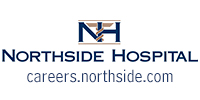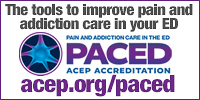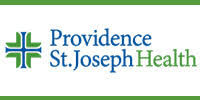Learn the red flags and reporting steps to protect vulnerable patients.
It happens more often than we think — victims of human trafficking walk through hospital doors every day, treated for injuries or illness but never identified. Nurses are often the only professionals close enough, long enough, to notice what others miss.
The Hidden Epidemic
Human trafficking isn’t confined to big cities or certain demographics. Victims may appear in any ER, clinic, or urgent care — women, men, teens, even children. They come in with pain, infections, fractures, or vague complaints. The real injury is invisible: loss of freedom.
Why Nurses Are the Front Line
No one spends more time face-to-face with patients than nurses. The brief moments during triage, vitals, or discharge are critical windows to observe behavior, body language, and control dynamics. Recognizing red flags can literally save a life.
Warning Signs to Watch For
-
Someone else answers every question.
If a companion insists on speaking for the patient, controls their ID or phone, or refuses privacy, that’s a major red flag. -
Inconsistent stories.
Injuries don’t match explanations — “fell down stairs,” “burned myself cooking” — repeated often, rehearsed, or vague. -
No control of personal documents.
Victims rarely have their own ID, insurance card, or money. Traffickers hold them to maintain control. -
Signs of abuse or neglect.
Bruises in various stages of healing, malnutrition, tattoos with names or barcodes, untreated infections, or fearful eye contact. -
Extreme anxiety or submissiveness.
Victims may avoid eye contact, appear coached, or express unusual fear of police or staff authority. -
Frequent hospital visits for “someone else’s” insurance.
Multiple visits, often in different locations, using the same contact number or companion.
What to Do — Safely
Never confront a suspected trafficker. Your goal is to create a moment of private, safe contact with the patient.
-
Ask screening questions quietly and alone:
“Do you feel safe at home?”
“Is someone controlling your movements or documents?” -
Notify your charge nurse, social worker, or hospital security discreetly.
-
Follow your facility’s human trafficking protocol or call the National Human Trafficking Hotline (1-888-373-7888).
Documentation Matters
Chart objective observations — not assumptions. Record behavior, injuries, and statements exactly as they occur. Your notes may become critical evidence later.
Protecting the Nurse Too
Trafficking encounters can be emotionally draining. Debrief with your team and use employee assistance programs if needed. Compassion fatigue is real — you can’t pour from an empty cup.
Final Thought
Human trafficking victims rarely self-identify. But a nurse’s intuition, combined with quiet vigilance, can pierce that silence. The next time a patient’s story doesn’t add up, trust your instincts. Awareness is the first intervention — and sometimes, the only chance for rescue.
Calendar




